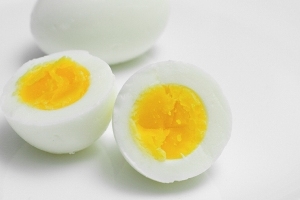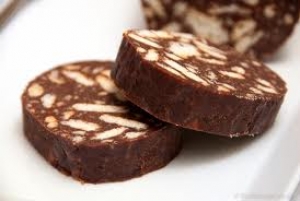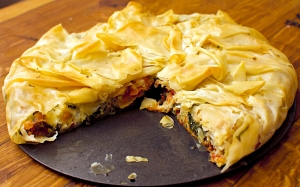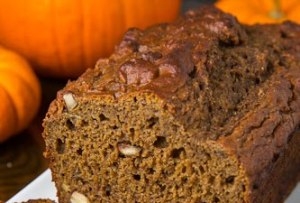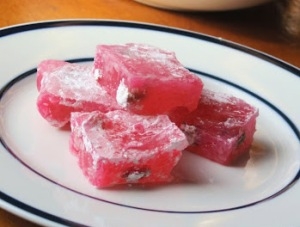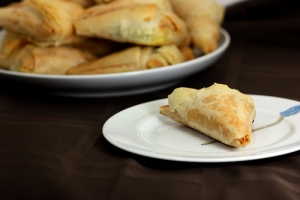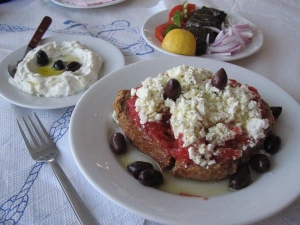What are loukoumi? They are candies from Greece similar to Turkish Delight or Aplets & Cotlets which are somewhat popular in North America. Our theme of the week over at I Heart Cooking Clubs is In The Pink -- Pink Foods so I thought I would give Tessa's recipe for Loukoumi in her book Food From Many Greek Kitchens a try. There is a photo in the book of a beautiful plate of powdered sugar covered soft pink jelly looking candies studded with pistachios. That was what I was going for...
adapted from Tessa Kiros -- Food From Many Greek Kitchens
Ingredients
2 cups sugar
1 teaspoon lemon juice
1/2 cup corn starch
1/2 teaspoon cream of tartar
2 teaspoons rose water
3 tablespoons shelled pistachios, halved lengthwise (I tried halving one but it was tricky and I didn't want to cut my finger, so I just put them in a ziplock bag and hammered them gently and then sifted off the really small crumbs and kept the bigger chunks)
red food coloring (I had red, pink, and rose, wilton tub colors and decided to go with "rose" which I'm kind of sorry I did and wish I went with the pink, the rose turned into super bright in your face pink, although I did google some rose loukoumi and they were the same color mine turned out, I just liked the soft baby pink of the loukoumi in the book better personally)
1/4 cup confectioners sugar, for coating
2 tablespoons cornstarch extra, for coating
Directions
Put the sugar and lemon juice in a pan with 3/4 cup of water. Stir until the sugar dissolves. Bring to a boil. Simmer without stirring for 30 to 40 minutes, or until a small dab is soft and pliable between your fingers when it's dropped into cold water (soft ball stage or 240 on a candy thermometer).
Combine the cornstarch and cream of tartar in a large heavy-bottomed saucepan and whisk in
1 and 1/2 cups water until smooth. Cook on medium heat, stirring constantly until thick.
Slowly stir in the sugar syrup. This was really tricky, everything got all lumpy and I thought I messed it up, but I kept whisking until it came together. Simmer over very low heat until very thick and pale golden, 60 to 70 minutes. Mine did not take that long, I'd say it turned rather quickly...
Stir often to ensure that your mixture isn't sticking to the pan. Brush and 8 and 1/4 by 4 and 1/2 inch dish with straight sides with oil and line with plastic wrap. The closest thing to that size I had was a loaf pan and I couldn't visualize how that would work, so I used an 8 by 8 inch square silicone pan that I had lined with aluminum foil that I had sprayed with cooking spray. Seemed to work perfectly.
Stir in the rose water and pistachios into the mixture and add the coloring drop by drop until you have a soft rose petal pink.
Pour spread?!? into the dish and cool overnight, covered.
Combine the confectioners sugar and cornstarch on a plate. Cut the loukoumi into 1 and 1/4 inch squares and toss in the sugar mix.
It will keep for week in a covered tin or box, not an airtight container.
http://nummykitchen.blogspot.gr

